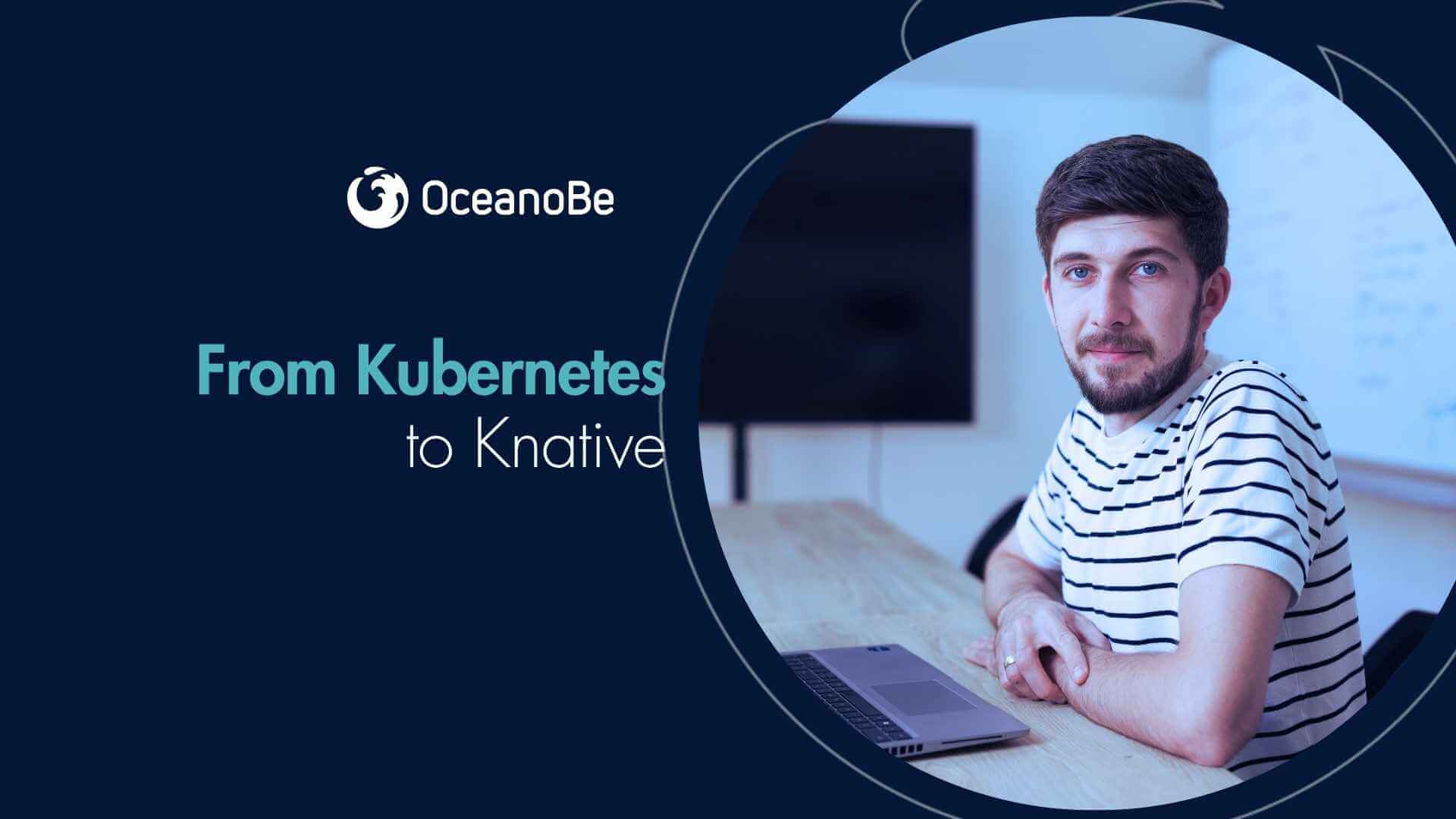From Kubernetes to Knative
Serverless for Professionals c
Serverless for Professionals c

The conversation around cloud-native infrastructure has evolved dramatically in the past few years. What started as a push toward container orchestration with Kubernetes has now matured into a broader movement toward serverless computing — where developers focus less on managing workloads and more on building outcomes.
For fintech and banking platforms, this evolution isn’t just about convenience — it’s about efficiency, scalability, and compliance at speed.
Kubernetes solved a major pain point: it standardized how we deploy and scale containers across clusters. But as systems grew more complex, so did the operational overhead. Running Kubernetes in production involves managing manifests, scaling policies, resource quotas, and service meshes — all essential, but often excessive for teams that simply want to deploy event-driven, stateless workloads.
That’s where Knative enters the picture — a Kubernetes-based platform that abstracts away much of the manual orchestration. Built on top of Kubernetes, Knative extends it with higher-level capabilities like automatic scaling to zero, event-driven invocation, and request-based routing. Essentially, it turns your Kubernetes cluster into a serverless engine.
In fintech, workloads are dynamic by design — payment events, authentication requests, compliance checks, and transaction verifications all happen on demand. Serverless execution models fit this profile perfectly.
Key benefits for financial platforms:
Knative introduces two core modules that extend Kubernetes:
Knative Serving – manages the deployment and scaling of serverless workloads. It integrates tightly with Istio or Kourier to handle routing, load balancing, and HTTPS termination.
Knative Eventing – enables event-driven architectures by connecting producers and consumers via standardized CloudEvents, allowing payment events, Kafka topics, or webhook triggers to flow seamlessly through the system.
Here’s a simplified example of deploying a Knative service:
1 apiVersion: serving.knative.dev/v1
2 kind: Service
3 metadata:
4 name: fraud-check
5 spec:
6 template:
7 spec:
8 containers:
9 - image: ghcr.io/oceanobe/fraud-check:latest
10 env:
11 - name: ENVIRONMENT
12 value: "production"
13 This single YAML replaces multiple Kubernetes objects — no need to define a Deployment, Service, or HorizontalPodAutoscaler separately. Knative automatically handles scaling, routing, and versioning.
At OceanoBe, we’ve found that integrating Knative into existing CI/CD pipelines (using Jenkins, GitLab CI, or ArgoCD) allows developers to deploy code changes continuously without manual scaling adjustments. By coupling GitOps principles with Knative, every commit triggers a declarative deployment to a live environment. When there’s no traffic, Knative scales down to zero; when the next event arrives, it instantly scales back up.
This approach dramatically reduces infrastructure cost while maintaining uptime SLAs expected in fintech environments.
Not every workload is a perfect fit for serverless, and the decision often depends on the nature of your application. Serverless architectures shine in event-driven or transactional scenarios — for example, payment triggers, notifications, or compliance checks that run only when specific events occur. They’re also ideal for workloads with spiky or unpredictable traffic, where auto-scaling helps optimize both cost and performance.
For rapid experimentation or microservice prototyping, serverless platforms like Knative allow developers to iterate fast without worrying about provisioning or managing infrastructure.
On the other hand, long-running or stateful services — such as core banking systems, transaction ledgers, or data aggregation engines — still benefit from the control and stability provided by Kubernetes. Similarly, heavy data processing pipelines that require fine-tuned resource management often perform better in a containerized environment.
In many real-world banking and fintech deployments, the best approach is hybrid: core systems stay on Kubernetes for reliability and governance, while event-driven components and peripheral services leverage Knative for flexibility and scalability.
As open banking, PSD2 APIs, and real-time payments redefine the landscape, event-driven architectures will dominate fintech infrastructure. Knative brings the best of both worlds — Kubernetes reliability and serverless agility. By moving toward platforms like Knative, engineering teams can reduce operational friction, speed up delivery, and align better with the event-driven nature of modern finance.
At OceanoBe, we see this shift as a key step in our mission of empowering businesses with engineering excellence.